Gerenuks, Grevy's Zebra and Reticulated Giraffes - exploring Samburu Reserve in Kenya
- Jamie Thom
- Nov 20, 2024
- 3 min read
The Ewaso River is not just a geographic feature; it is a vital lifeline for both the local communities and the wildlife that inhabit the arid and semi-arid landscapes it traverses. Stretching through seven such regions, this river symbolizes the essence of life itself in northern Kenya, where water is an invaluable resource amidst harsh conditions.
Samburu County is an extraordinary area, serving as a transition zone between the lush, cool environment of the Laikipia Plateau and the arid expanse of northern Kenya. It acts as a bridge between savannah and desert, extending from the southern borders of Laikipia and Isiolo counties to the southern shores of Lake Turkana in the north. The region is characterized by its scorching temperatures and sparse rainfall, with the Ewaso River winding through a landscape that is both rugged and stunning, featuring rocky terrain and dusty hills.
This striking environment, coupled with the flowing river and intact vegetation, supports a diverse array of wildlife, including hundreds of bird species unique to this area. Visitors are often captivated by the vivid colors of these birds—shimmering golds, deep indigos, and vibrant blues that sparkle against the sun-drenched backdrop for which the Samburu region is renowned.
Surrounding Samburu National Reserve are community conservancies, such as Buffalo Springs, Shaba, Kalama and others which collectively protect over 10,000 square kilometers of land. This conservation effort is crucial not only for maintaining the water tables that sustain the region but also for preserving the migratory corridors essential for the prolific wildlife that inhabits the area. The three parks alone host between 20 to 30 cheetahs, with more than 100 individuals found throughout Samburu and Isiolo counties. The area is also home to lions, leopards, striped hyenas, and even the elusive African wild dog, all of which contribute to the vibrant tapestry of life here.
Many knowledgeable visitors are drawn to the Samburu Special Five: the blue-necked Somali ostrich, now recognized as a distinct species; the gerenuk, a unique antelope known for its remarkable ability to stretch its long neck to reach new foliage; the reticulated giraffe, with its striking patterns; the Grevy's zebra, a favorite among photographers for its bold coloration against the lush riverine backdrop; and the Beisa oryx, which gather in impressive herds of over fifty, often attracting oxpeckers seeking their company.
In this dynamic ecosystem, the Ewaso River serves as the essential thread upon which the beads of Samburu are strung. The lodges in this area vary widely, from upscale private accommodations to budget-friendly options. Samburu is a place where the artistry of nature converges with the rhythms of a river that sustains both herbivores and their predators. Here, one can also find the indomitable spirit of the Loikop (Samburu) people, whose historical connection to elephants is woven into the fabric of local folklore. Traditionally, the Loikop have followed the seasonal rains with their livestock, a lifestyle reminiscent of the Maasai; they speak a dialect of Maa, sharing cultural ties with their Maasai neighbors.
However, these protected areas, including Samburu, face significant challenges. Drought, the increasing pressures of a growing population seeking resources, the expansion of roads, the rise of mass tourism, rural electrification, and poaching for bushmeat and ivory all threaten the integrity of these ecosystems. Yet, the communities in the region are coming together to address these challenges for the greater good of their environment. Positive change is underway, and travelers are encouraged to participate in this transformation. By supporting lodges that invest in the future of this remarkable and unique landscape, visitors can contribute to its delicate balance, helping to ensure its resilience for generations to come.





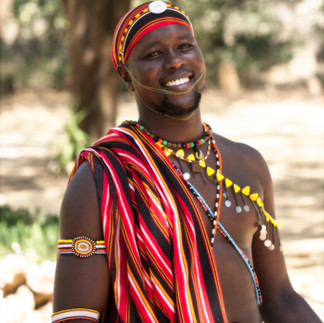





















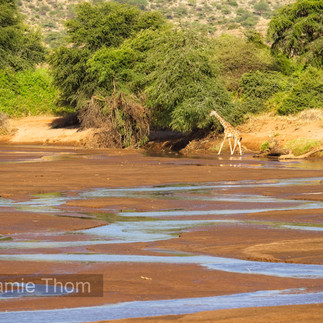





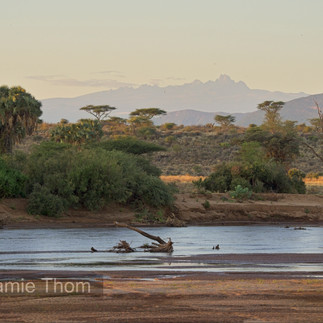








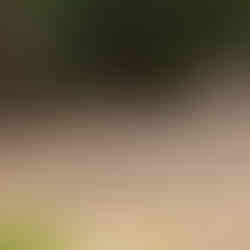






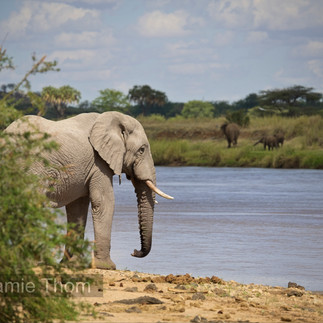








![The trip was amazing [Rwanda and Tanzania Safari]](https://static.wixstatic.com/media/a58360_200b02f7b1174e89a059dd9d65a4e601~mv2.jpg/v1/fill/w_216,h_123,fp_0.50_0.50,q_90,enc_avif,quality_auto/a58360_200b02f7b1174e89a059dd9d65a4e601~mv2.webp)



























Comments